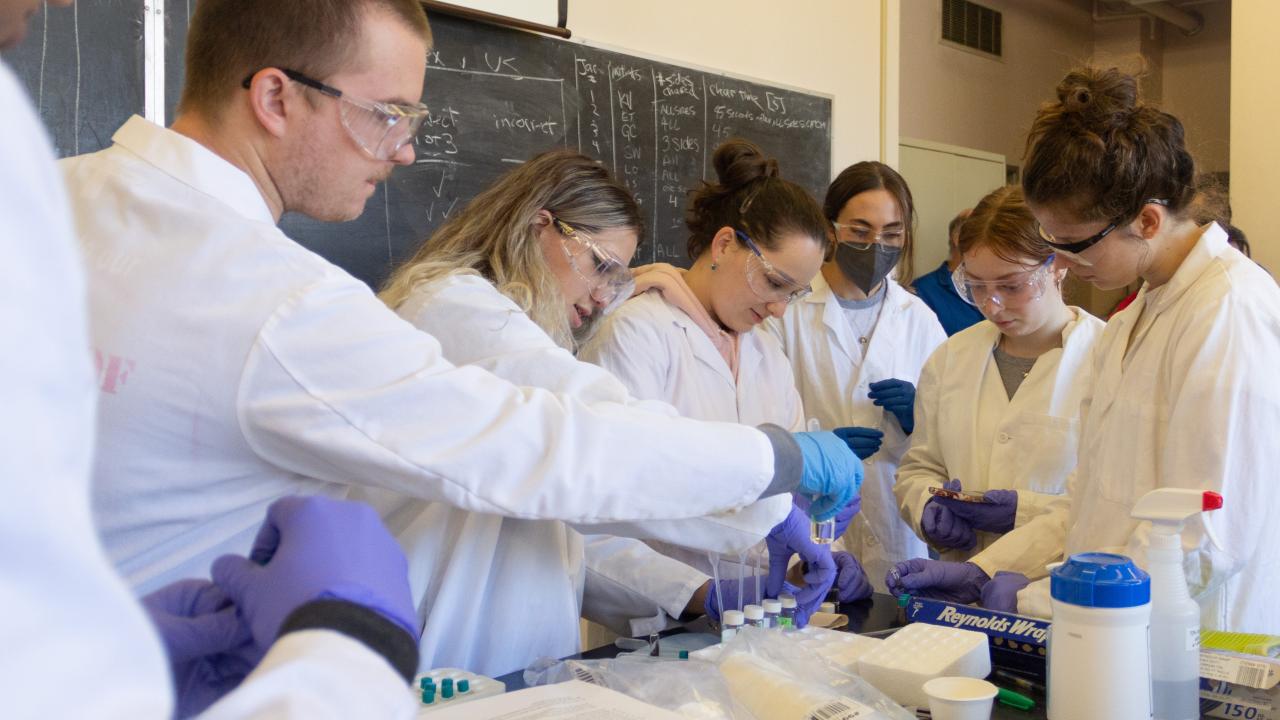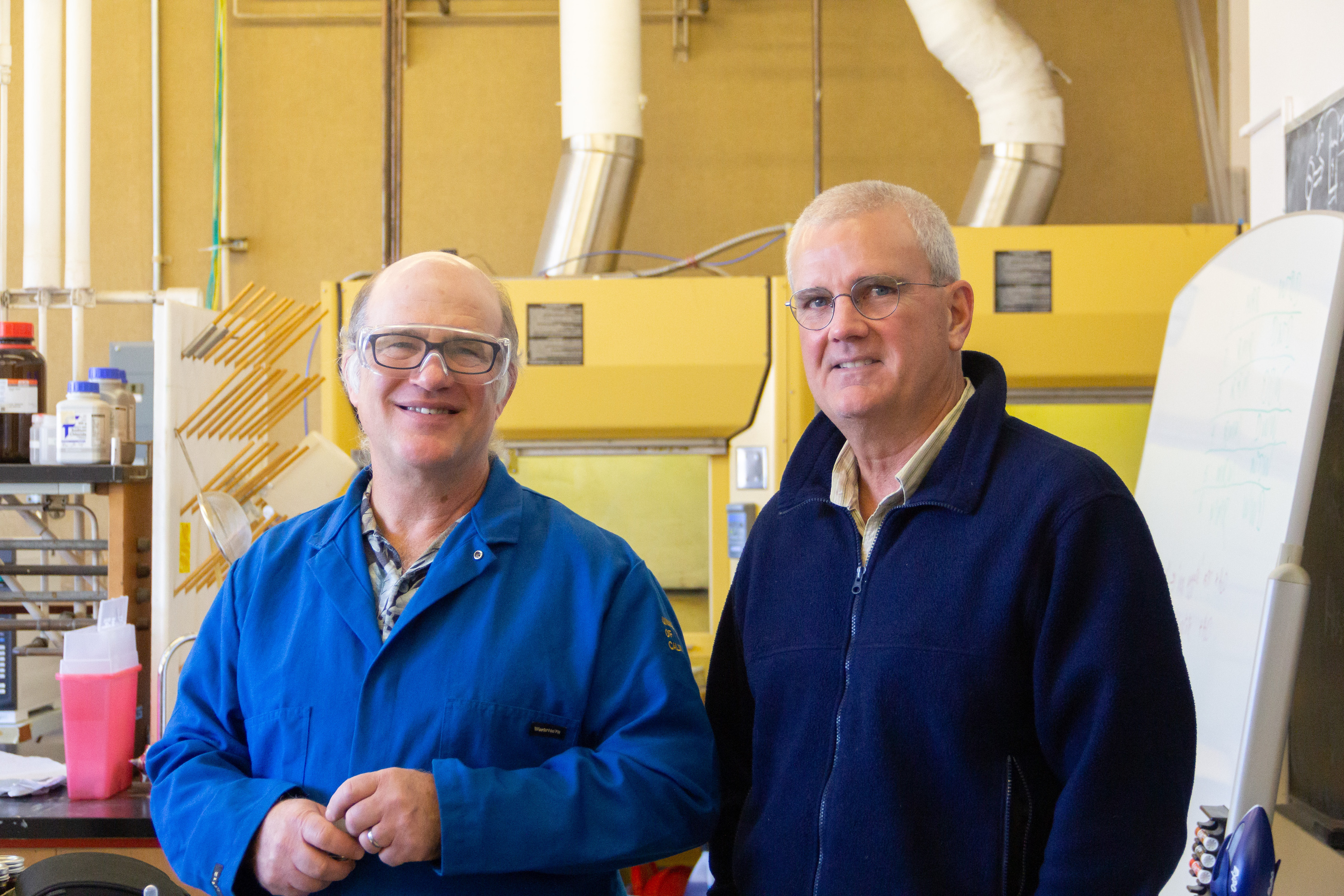
UC Davis Professors Bring Chemical Engineering Back to Its Whiskey Roots
For UC Davis chemical engineering professor Greg Miller, a new course began with a single sip.
While tasting whiskey with friends, he noted an unusual peppery flavor and became curious how it was produced. The more he looked, the more he realized that there wasn’t an easy answer, as most whiskey distillers rely on tried-and-true recipes instead of science.
Several years and a lot of research later, Miller and chemistry professor Mike Toney now teach the “Chemical and Engineering Principles in Whiskey and Fuel Alcohol” (ECH/CHE 168) course at UC Davis, which teaches undergraduate students the chemical engineering and chemistry of making whiskey.
“It’s a way to connect a lot of dots,” said Miller. “We go through every single step of the whiskey-making process from grain to finished product, teach them the mechanics of it in the lab and then give them lectures about all the chemistry and how it contributes to flavor.”

Back to its Roots
Chemical engineering and whiskey have a shared history. In the 19th century, whiskey was the biggest chemical industry in the U.S. and producers were forced to innovate to make their product faster and more efficiently. This drove advancements in the field of chemical engineering, and many of the basic concepts students learn to apply to oil and other industrial products were developed for alcohol.
With ECE/CHE 168, Miller and Toney are bringing the field back to its roots to show chemical engineering and chemistry students how their knowledge applies in a fun, new context.
“It’s probably the oldest chemical engineering industry there is and there’s a lot of basic stuff to be learned from it—how to optimize your fermentation and distillation and the chemistry behind them,” said Toney. “There’s also a lot of chemistry and chemical engineering to be learned from this type of practical subject that you don’t necessarily get taught in textbooks or other classes.”
From malting the barley to aging, each step of whiskey-making can introduce or amplify different chemicals that can enhance or ruin the flavor of the final product. These changes happen on a level almost undetectable in the lab, but the human nose and tongue are much more sensitive and can notice the difference in the final product. Therefore, making good whiskey means being aware of what’s happening chemically at every turn.
“It’s like a cooking operation,” said Miller. “There are maybe 10 steps, and each of them puts a little fingerprint on the chemistry of what comes out at the end. You need to do this major element separation in a way that respects the trace elements, and the students have never had to think about it that way.”
Learn more about the course and read the rest of this article at UC Davis College of Engineering's website.
